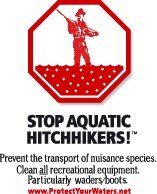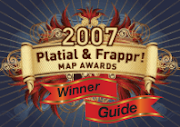some float, some don't
 -- Using little flies can save the day in Yellowstone fly fishing. Right now is the time to get the little ones sorted and packed for opening day.
-- Using little flies can save the day in Yellowstone fly fishing. Right now is the time to get the little ones sorted and packed for opening day.-- On these occasionally rainy days, when the 'honey-do's' are done, and the outside is just a bit wet to fiddle with; it's rewarding to tie up a bunch of flies and think about where to fish them on Yellowstone's opening day.
-- Little flies are sizes 18-24, and either float or sink. I have a box of "little floaters," and one of "little sinkers." These are the little floaters. Some have wings, some don't; some have long hackle, some don't; some are black and others are colored.
-- This is the 'go-to' box when it's hard to tell what the little bugs are that the trouts are eating. The streams on the west side of Yellowstone Park can produce many different flies at any given time. Fly fishing is considerably easier when you have these and the sun changes, or the rain starts, or a gentle riffle gives way to a shallow, warm pool. Of course, - there are hatches to fish to, - but there are always stray bugs too. All of these are standard patterns - tied small. Yellowstone rivers are boisterous and occasionally capricious. All are tied on very fine dry fly hooks; even the 'nymphs.' They are soaked in liquid flotant and when dry, (after a day or two,) use that frog stuff on them - they'll float. Preparation is a good thing.
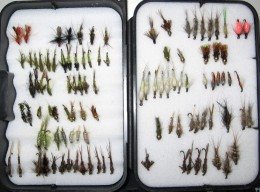
-- These little guys are the "little sinkers." Many of them are the same patterns as the others, they are tied on strong or extra strong nymph hooks. When there is no surface activity, and you have tried the standard subsurface offerings, these may work.
-- Tradition, on the west side of Yellowstone park, mandates light in the light, and dark in the dark. The corollary is fuzzy in fast and smooth in slow. Tradition also suggests that there are always caddis available; so shades of green and O.D. predominate. Manyof these have a wire body over-wrapped with yarn or dubbing. Soak them the night before you go fishing. Dunk the whole box in a tub of water. It will keep the flies wet during your trip to the battleground. Most of the residents of Ennis and West Yellowstone fish these little flies in transition areas; around rocks, snags, and backwater eddy's. Seldom is weight used, and seldom do they fail to catch a fish.
-- One of the little sinkers that has found a local following on the Firehole River is the Prince
 nymph, (in all its variations and sizes.) A couple of changes that local fly fishers incorporate are: light thread for the head, extra long biots for the wings, and both mallard and wood duck for the hackle, (tied sparse.) It's hard to find forged heavy nymph hooks in sizes below 18, so use metalic tinsel instead of the mylar.
nymph, (in all its variations and sizes.) A couple of changes that local fly fishers incorporate are: light thread for the head, extra long biots for the wings, and both mallard and wood duck for the hackle, (tied sparse.) It's hard to find forged heavy nymph hooks in sizes below 18, so use metalic tinsel instead of the mylar.-- Remember to have a dozen of these to fish in the rocks and snags of the Firehole River below Midway Geyser Basin. The Goose Lake meadow stretch also has places to get hung up.
Look here for additional information:
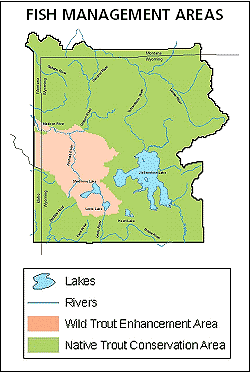


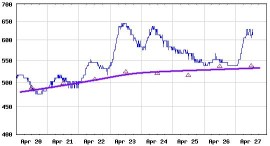
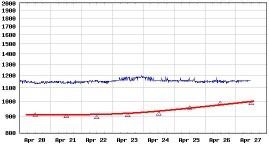
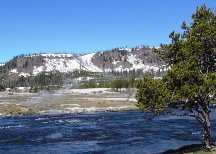
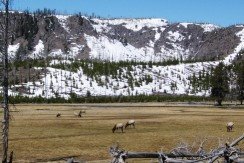

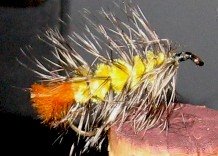
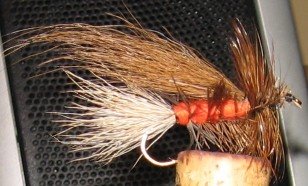


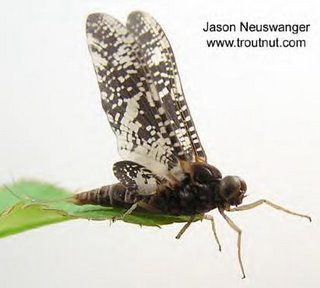
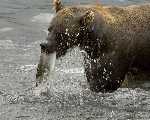
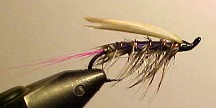


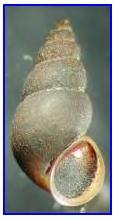


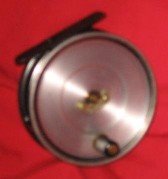



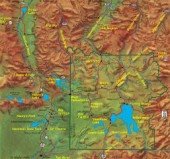


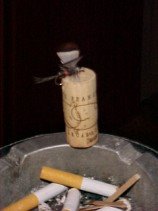
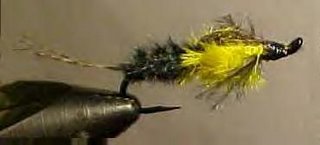






.jpg)


